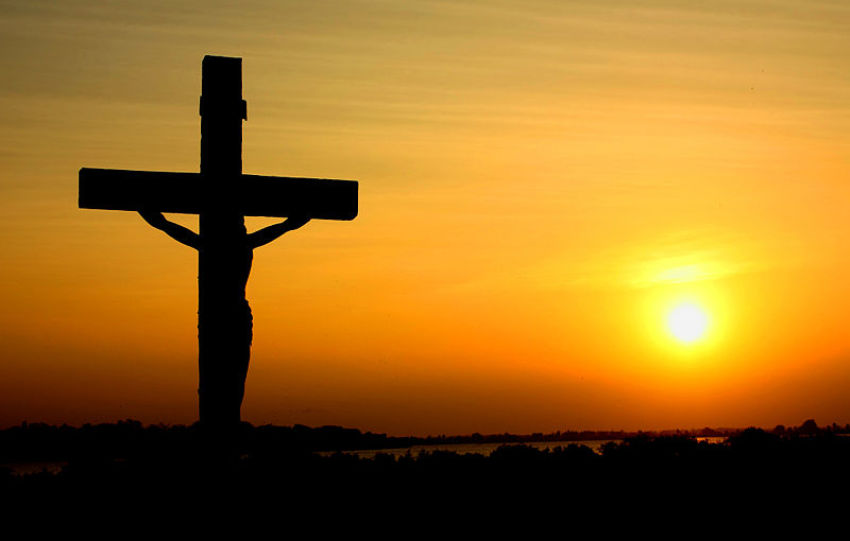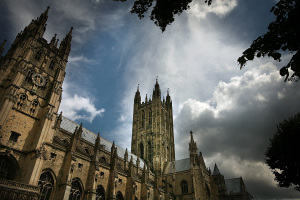1,500-Y-O Heretical 'First Apocalypse of James' Text Copy Found, Includes Jesus' Words on Heaven

Biblical scholars have discovered what they describe as an "original copy" of an ancient Christian text, deemed heretical by the Church, which reportedly includes Jesus Christ's revelation of the heavenly realms to His brother James.
The fragments of the manuscript, known as the First Apocalypse of James, were found by scholars from the University of Texas at Austin while exploring archives at Oxford University, ScienceDaily reported on Thursday.
"To say that we were excited once we realized what we'd found is an understatement," said Geoffrey Smith, an assistant professor of religious studies at UT-Austin.
"We never suspected that Greek fragments of the First Apocalypse of James survived from antiquity. But there they were, right in front of us."
The text, which is believed to have been written somewhere in the fifth or sixth century, is considered heretical because it falls outside the canon of the New Testament books.
As Athanasius, bishop of Alexandria said in a letter in 367 A.D. about the 27 books of the New Testament, "no one may add to them, and nothing may be taken away from them."
The manuscript reportedly includes revelations made by Jesus to James about the heavenly realm, and about future events in the latter's life.
"The text supplements the biblical account of Jesus' life and ministry by allowing us access to conversations that purportedly took place between Jesus and his brother, James — secret teachings that allowed James to be a good teacher after Jesus' death," Smith explained.
The First Apocalypse of James is said to be part of the Nag Hammadi library, which is a collection of 52 manuscripts put together between the second and sixth century, most of which are written in Coptic.
Smith told Newsweek that the new discovery is significant, "in part because it demonstrates that Christians were still reading and studying extra-canonical writings long after Christian leaders deemed them heretical."
Brent Landau, a religious scholar working alongside Smith, said that the text, written in Greek, could have been used as a teaching tool.
"The scribe has divided most of the text into syllables by using mid-dots. Such divisions are very uncommon in ancient manuscripts, but they do show up frequently in manuscripts that were used in educational contexts," offered Landau, who works as a lecturer in the UT Austin Department of Religious Studies.
The scholars noted that they are working on publishing their preliminary findings in the Greco Roman Memoirs series of the Oxyrhynchus Papyri.
The question of whether Jesus had any brothers continues to be studied and debated by scholars, and was placed under the spotlight in 2002 when archaeologists discovered a 2,000-year-old "bone box" with an Aramaic inscription reading "James, son of Joseph, brother of Jesus."
Ben Witherington III, professor of New Testament Interpretation at Asbury Theological Seminary of Wilmore, Kentucky, told CNN in 2015 that James could have indeed been Jesus' younger brother.
"The New Testament says nothing about Mary being a perpetual virgin, it says she virginally conceived Jesus, and it certainly implies that she went on to have more children after that, and his brothers and sisters are in fact his brothers and sisters," Witherington suggested.
Roman Catholic theology disputes that Jesus had blood brothers and that Mary had any other children, however.



























